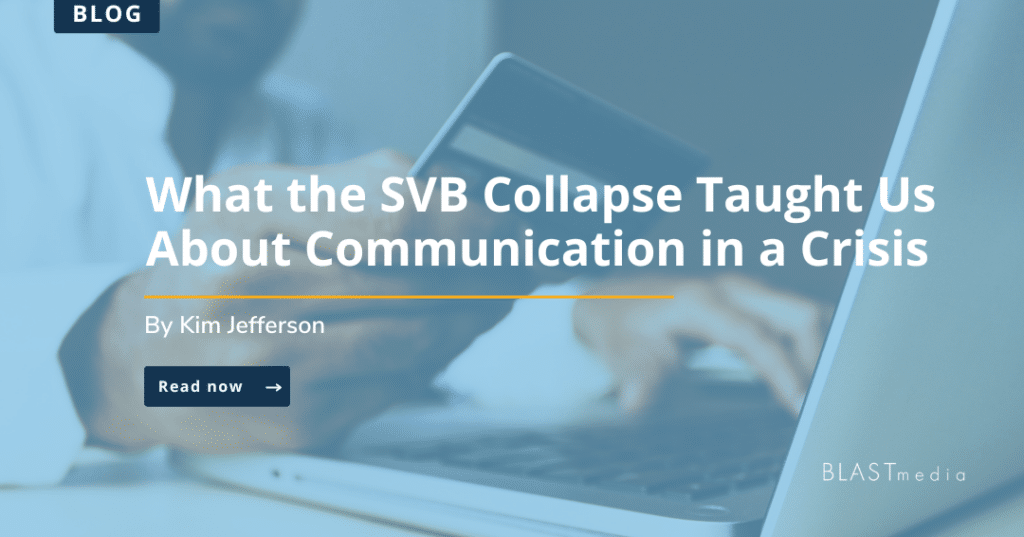
The collapse of the tech institution Silicon Valley Bank rocked the SaaS ecosystem. Pundits will speculate for years to come on how the situation could have been avoided and who is at fault. Tech comms expert and CCO at Activision Blizzard, Lulu Cheng Meservey, believes the bank’s demise was partly due to a communication collapse.
Industry experts also pointed to the ill-timed and jargon-laden press release SVB issued about its strategy as a contributor to the bank’s demise.
For those leading communication for software companies, we’re looking at what we can learn about communicating effectively in a crisis. Clear, transparent and timely communication keeps stakeholders calm in a proverbial storm. Below are critical components of a crisis communication strategy.
Know your internal team and protocols.
Senior management, IT, legal, HR and PR should all understand their roles and responsibilities in a crisis. We can’t anticipate every possible situation, but teams should have a plan around problems that could cause concern for software companies, such as outages, layoffs and data breaches. In the case of the SVB collapse, we advised our clients to rally senior management, including the CFO, to help understand each client’s possible exposure to the bank failure and what it could mean for employees, customers, investors and partners.
Outline stakeholders and possible impact.
Every crisis plan should include key stakeholder groups and the most effective communication method for each. For example, know your customer base and how they best receive communication: is that through your customer success team, an email blast, Twitter or another medium? With SVB, lists of companies who bank with SVB started circulating over the weekend, so some of our clients proactively communicated with customers about their continuity plans. We also helped leaders with messages to their employees, ensuring they wouldn’t see an interruption in payroll, a possibility most tech workers were worried about Friday.
Monitor media coverage and social media.
Whether through a PR agency or an internal team, every SaaS company should have a system for media monitoring and social media management. Especially paramount in a crisis, media monitoring helps companies understand what the public is hearing about a situation and what the sentiment is in the market. As an agency, we are not only monitoring the SVB media coverage as it unfolds at a macro level, but we’re also tracking for mentions of our clients and flagging those in real-time.
The day SVB failed will be a day those of us in tech and communication will remember. While the demise of a key component of the tech ecosystem has been disheartening and scary, seeing the tech community rally around startups in exposed positions with capital and advice has been inspiring.
If you’re a software company needing assistance with your communication, contact Lindsey Groepper to chat about how BLASTmedia can help.

